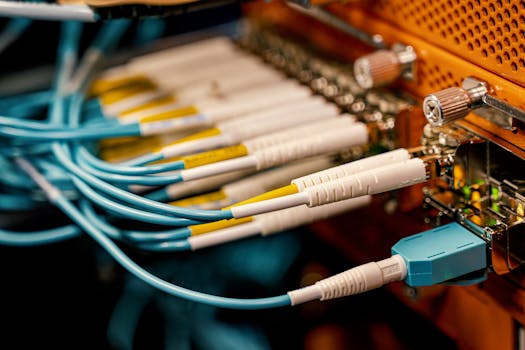From Copper to Fiber: The Revolution of Internet Infrastructure in Africa
The internet infrastructure in Africa is undergoing a significant transformation, shifting from traditional copper-based networks to modern fiber optic connections. This revolution is expected to improve internet speeds, reduce costs, and increase access to online services across the continent.
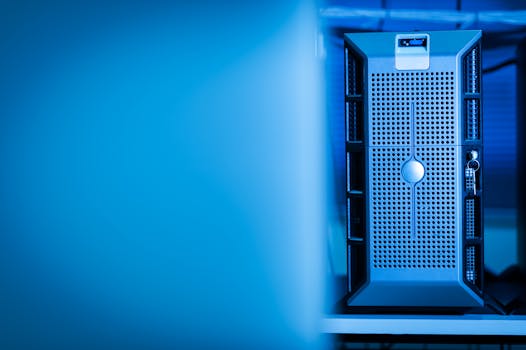
From Copper to Fiber: The Revolution of Internet Infrastructure in Africa
From Copper to Fiber: The Revolution of Internet Infrastructure in Africa is transforming the way people live, work, and communicate. The traditional copper-based networks that have been the backbone of the continent’s telecommunications industry for decades are being replaced by modern fiber optic connections. This shift is expected to have a significant impact on the region, improving internet speeds, reducing costs, and increasing access to online services.
The use of fiber optic cables in Africa is not new, but it has gained significant momentum in recent years. Many countries, including South Africa, Nigeria, and Kenya, have invested heavily in fiber optic infrastructure, with thousands of kilometers of cables being laid across the continent. This investment is driven by the growing demand for high-speed internet and the need to support the increasing number of internet users in Africa.
The Benefits of Fiber Optic Connections
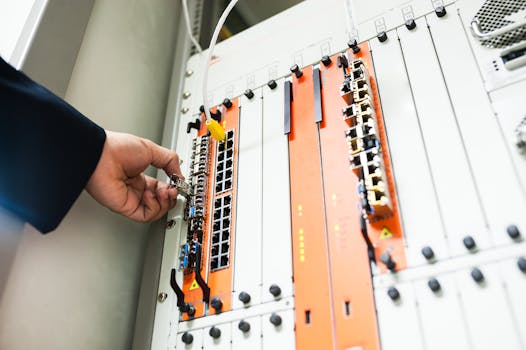
Fiber optic connections offer several benefits over traditional copper-based networks. They provide faster internet speeds, with the ability to transmit data at speeds of up to 100 Gbps. This is significantly faster than the speeds offered by copper-based networks, which are typically limited to 1 Gbps. Fiber optic connections are also more reliable and less prone to outages, reducing the risk of downtime and ensuring that users can stay connected at all times.
In addition to the technical benefits, fiber optic connections also offer economic benefits. They are more cost-effective than copper-based networks, reducing the cost of internet access and making it more affordable for users. This is particularly important in Africa, where the cost of internet access is often a significant barrier to adoption. By reducing the cost of internet access, fiber optic connections can help to increase access to online services and support economic development across the continent.
Challenges and Opportunities
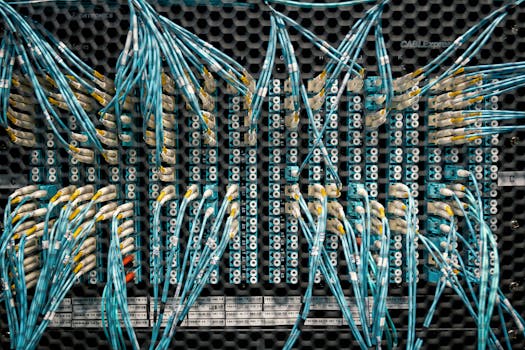
While the shift to fiber optic connections in Africa is expected to have a significant impact on the region, there are also challenges that need to be addressed. One of the main challenges is the cost of deploying fiber optic infrastructure, which can be prohibitively expensive, particularly in rural areas. There is also a need for more investment in fiber optic infrastructure, as well as a need for more skilled workers to install and maintain the networks.
Despite these challenges, there are also opportunities for growth and development. The shift to fiber optic connections is expected to create new job opportunities in the telecommunications industry, as well as support the development of new industries and services. It is also expected to improve access to online services, including education, healthcare, and financial services, which can help to support economic development and improve living standards across the continent.
Conclusion
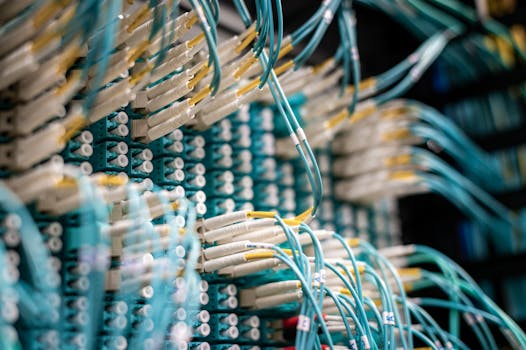
In conclusion, the shift from copper to fiber optic connections in Africa is a significant development that is expected to have a major impact on the region. It offers several benefits, including faster internet speeds, improved reliability, and cost-effectiveness. While there are challenges that need to be addressed, there are also opportunities for growth and development. As the continent continues to invest in fiber optic infrastructure, it is likely that we will see significant improvements in internet access and online services, supporting economic development and improving living standards across Africa.
See more:
